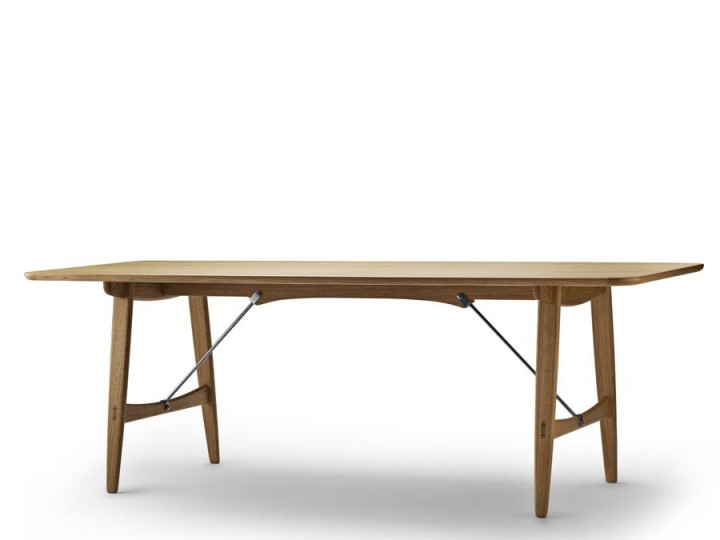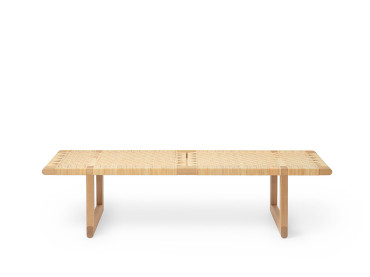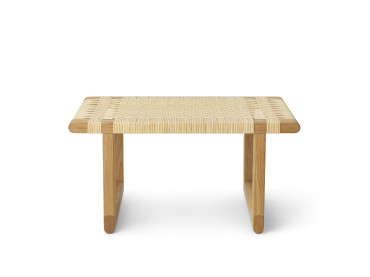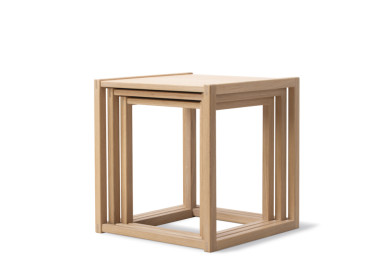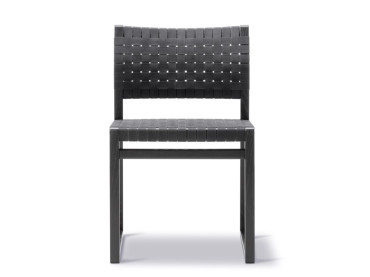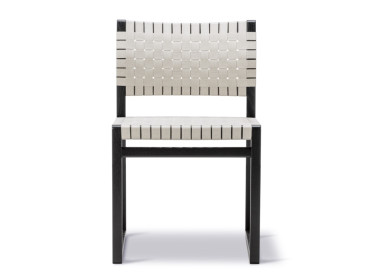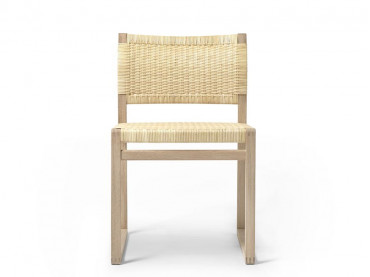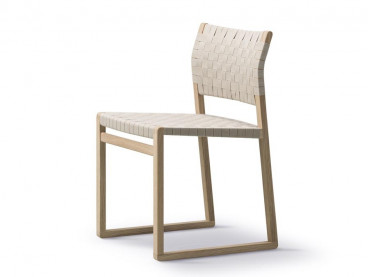Mid-Century modern scandinavian dining table model BM1160 "Hunting table" by Børge Mogensen.
-
Børge Mogensen
-
Carl Hansen & Søn
- CH067 On demand. Delivery time 8-10 weeks
Mid-Century modern scandinavian dining table model BM1160 "Hunting table" by Børge Mogensen. *Required step
In order to help you to choose, and to receive samples, do not hesitate to contact us by email: contact@galerie-mobler.com or by phone: 01 43 33 20 12
The BM1160 Hunting Table was made by Børge Mogensen. The name refers to the “Hunting Cabin” theme of the Guild’s exhibition, a detail which is also reflected in the table’s robustness and wood-focused design. Mogensen’s Hunting Table is slightly narrow across the top, which makes it suitable for smaller spaces, while allowing for more intimate social gatherings. Furthermore, the table is constructed for frequent use with rounded corners and edges in solid wood, which reveals Mogensen’s passion for democratic and accessible design. The stability is ensured through the use of two diagonal brace metal bars connecting the tabletop and frame with an aesthetically pleasing effect. Further detailing, such as the mortise and tenon joints on the legs manufactured in contrasting wood, accentuate the table’s handcrafted expression.
| Year | 1950 |
| Dimensions | H : 72 cm. W : 210 cm. D : 81,5 cm. |
| Material | Oak, walnut or oak / walnut. |
| Style | Classique Neuf |
| Origin | Denmark. |
| Fournisseur | Carl Hansen & Søn |
Børge Mogensen
Denmark (1914-1972)
Mogensen was one of the most important among a generation of furniture designers who made the concept of "Danish design" known throughout the world. Together with colleagues such as Arne Jacobsen and Hans Wegner, Mogensen created international respect for Danish furniture design, and his simple and functional designs have for more than half a century enjoyed worldwide demand.
He trained at the School of Arts and crafts and at the Furniture School of the Royal Danish Academy of Fine Arts (1936-42). Between 1942 and 1950, he was head of FDB´s furniture design studio, but left to found his own design studio in 1950.
During his time with Kaare Klint, Mogensen fostered a deep commitment to producing classical, simple and highly functional furniture. He also became interested in researching contemporary lifestyles, in order to develop domestic objects that are customized for specific uses. Continuing Klint's innovative studies in how the size and proportion of objects should influence their design, Mogensen, collaborating with Grethe Meyer, produced a project in 1954 called the Boligens Byggeskabe (Construction Cupboards of the House), which introduced the idea of building shelving and storage units as part of a room, rather than purchasing and placing them in the space. Mogensen did studies to determine the standard measures for common objects, such as cutlery and shirts, and how many of each item the average person owned. With this information he developed a set of figures for the base width and depth of drawers and shelves, and his information tables were published as a manual on building storage systems.
Between 1955 and 1967 he worked on the related "Øresund" shelving series that took on the mammoth task of solving every storage need that could arise in the modern home. By the end of the decade Mogensen had re-embraced a more straightforward functionalism, a redesigned "Spanish" chair in 1959 was praised for its elegance and materials. Mogensen also collaborated extensively with weaver Lis Ahlmann on textile designs, and after Klint's death in 1954, succeeded him as designer to the Danish Museum of Decorative Art.

